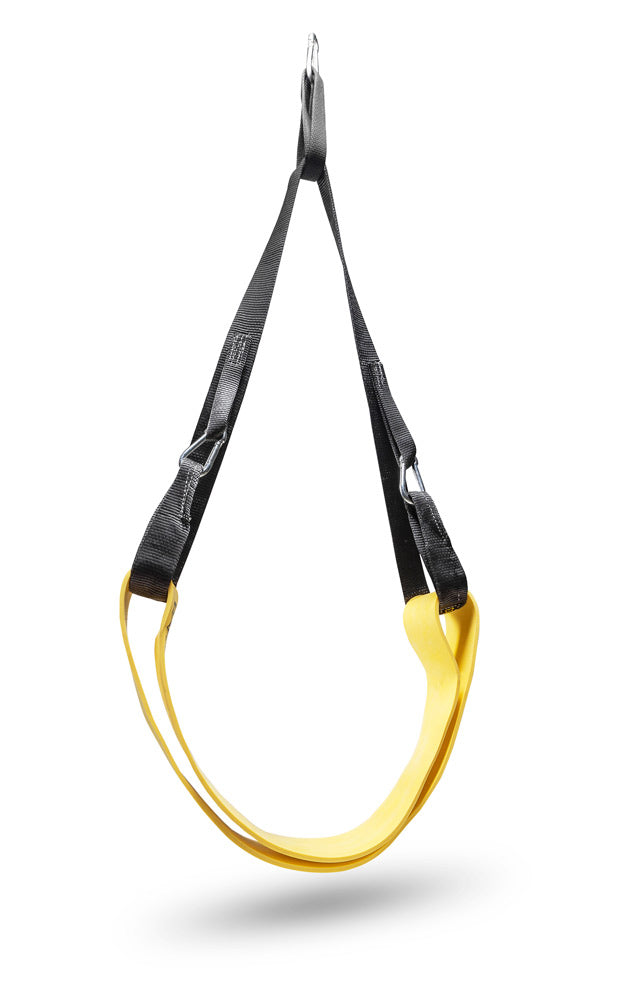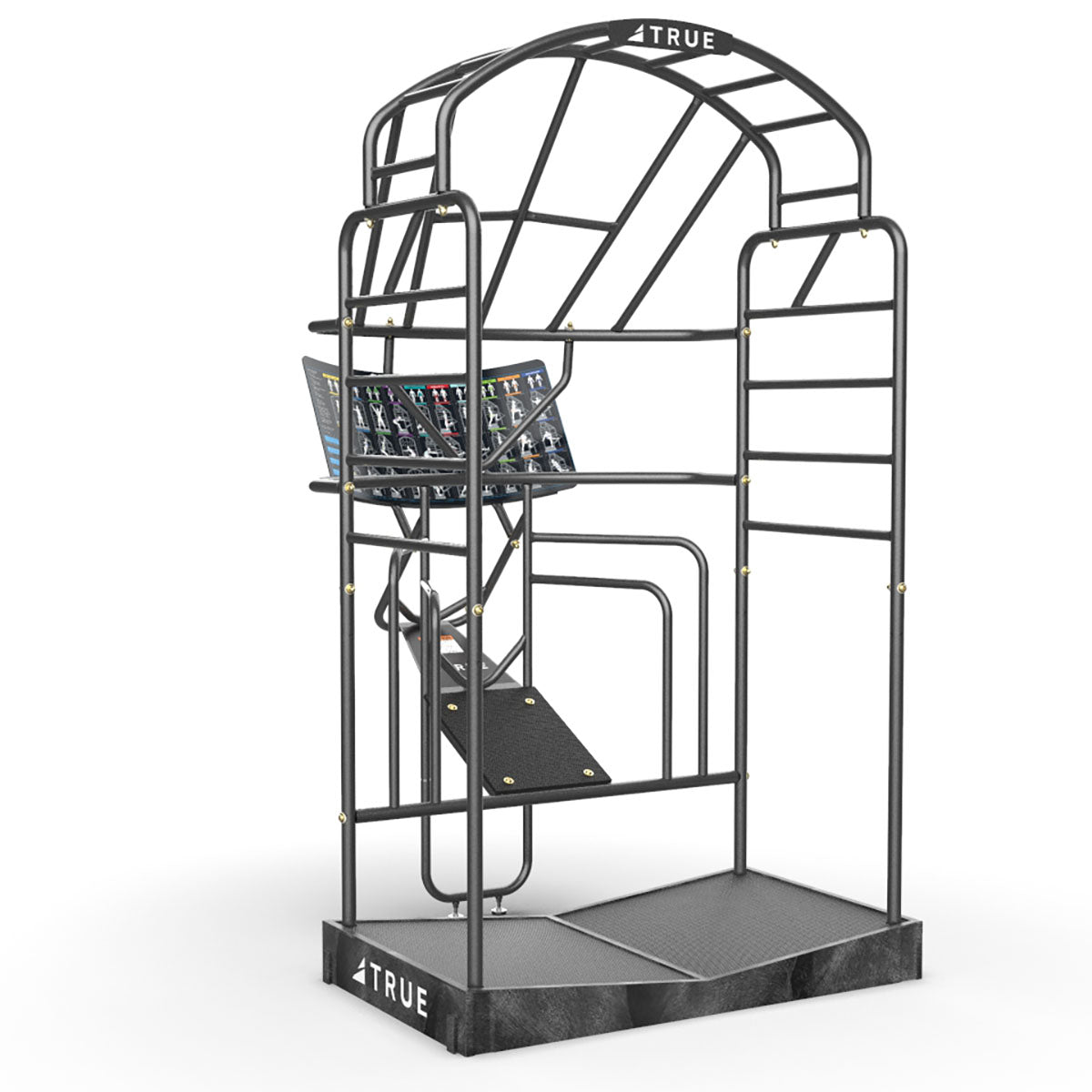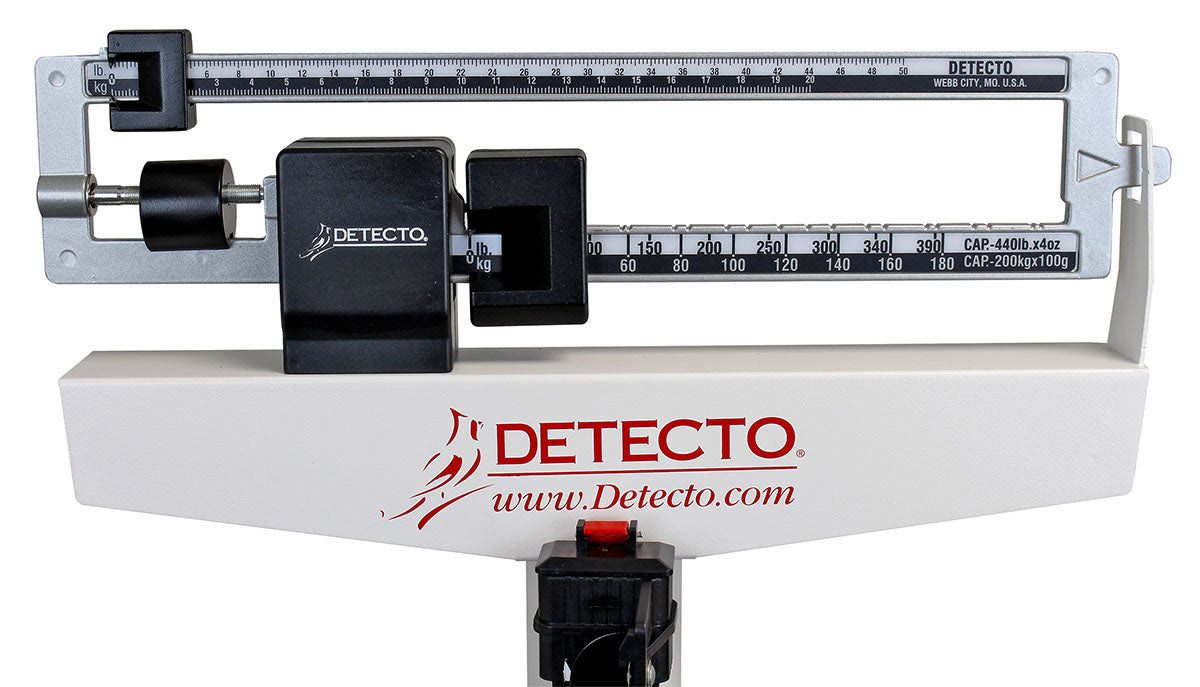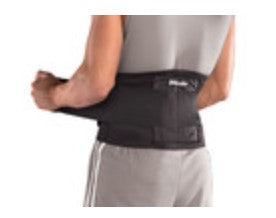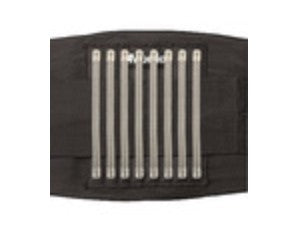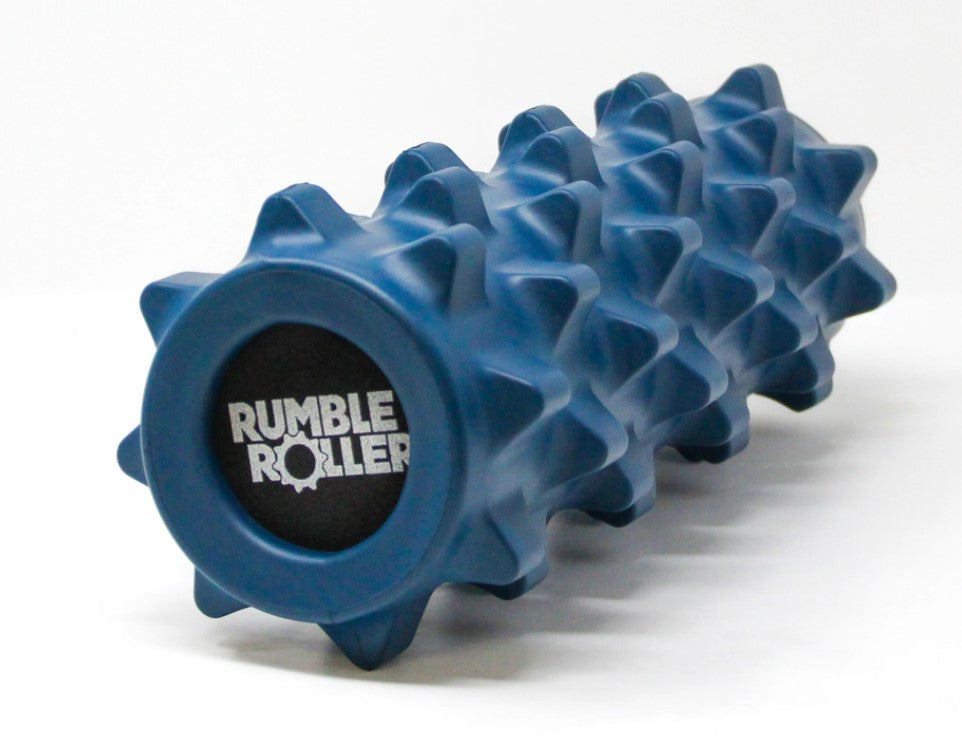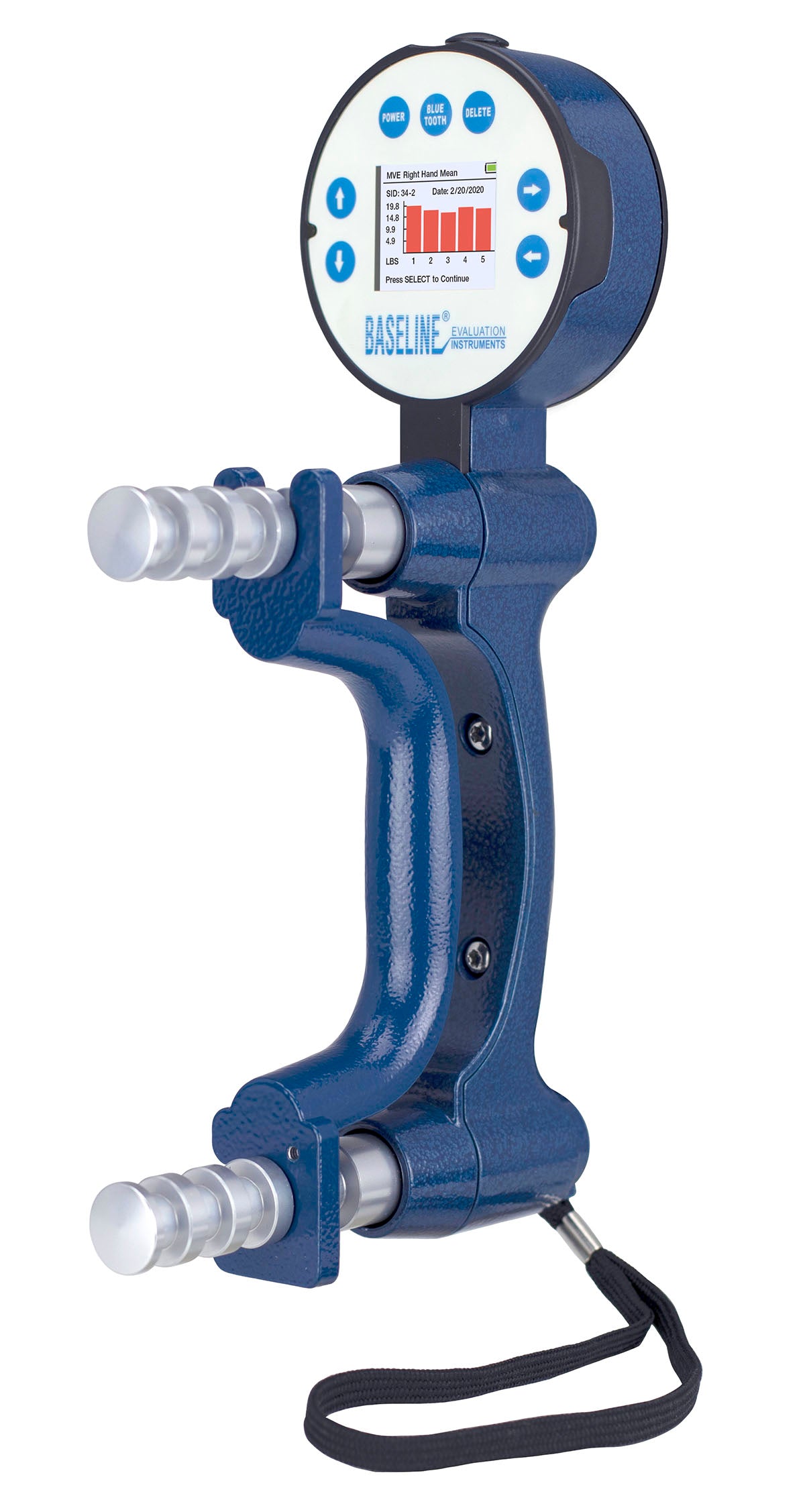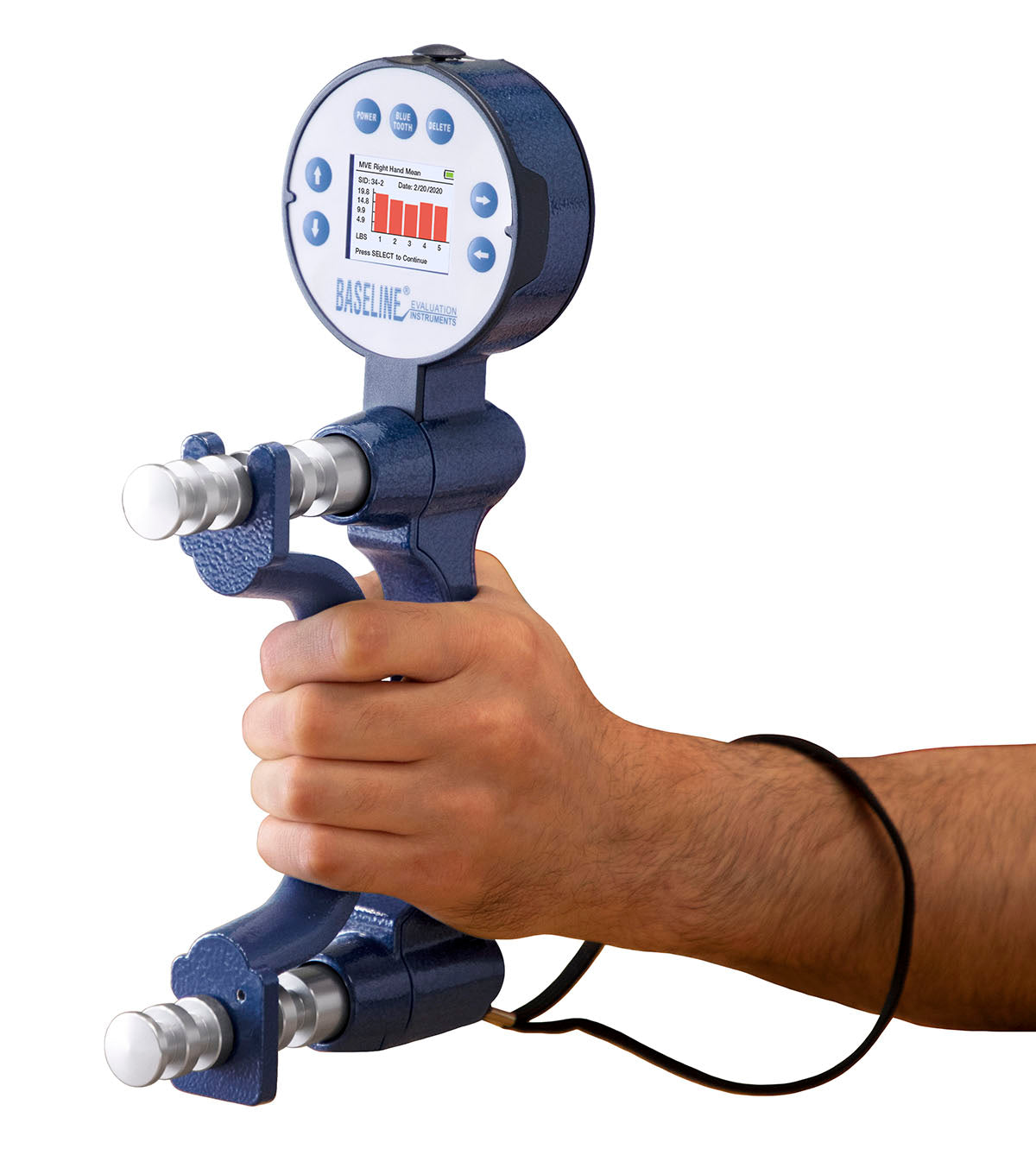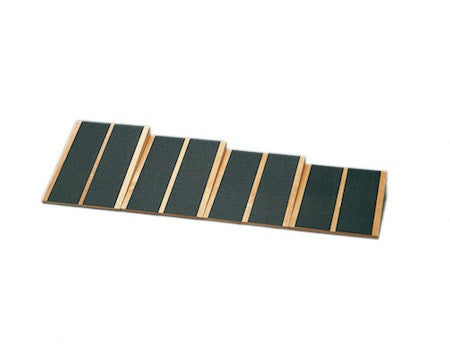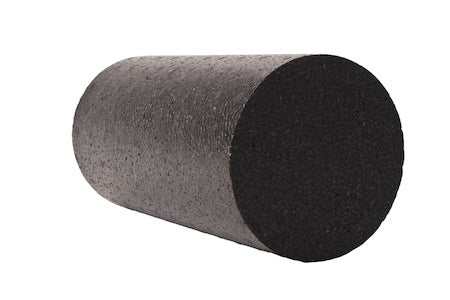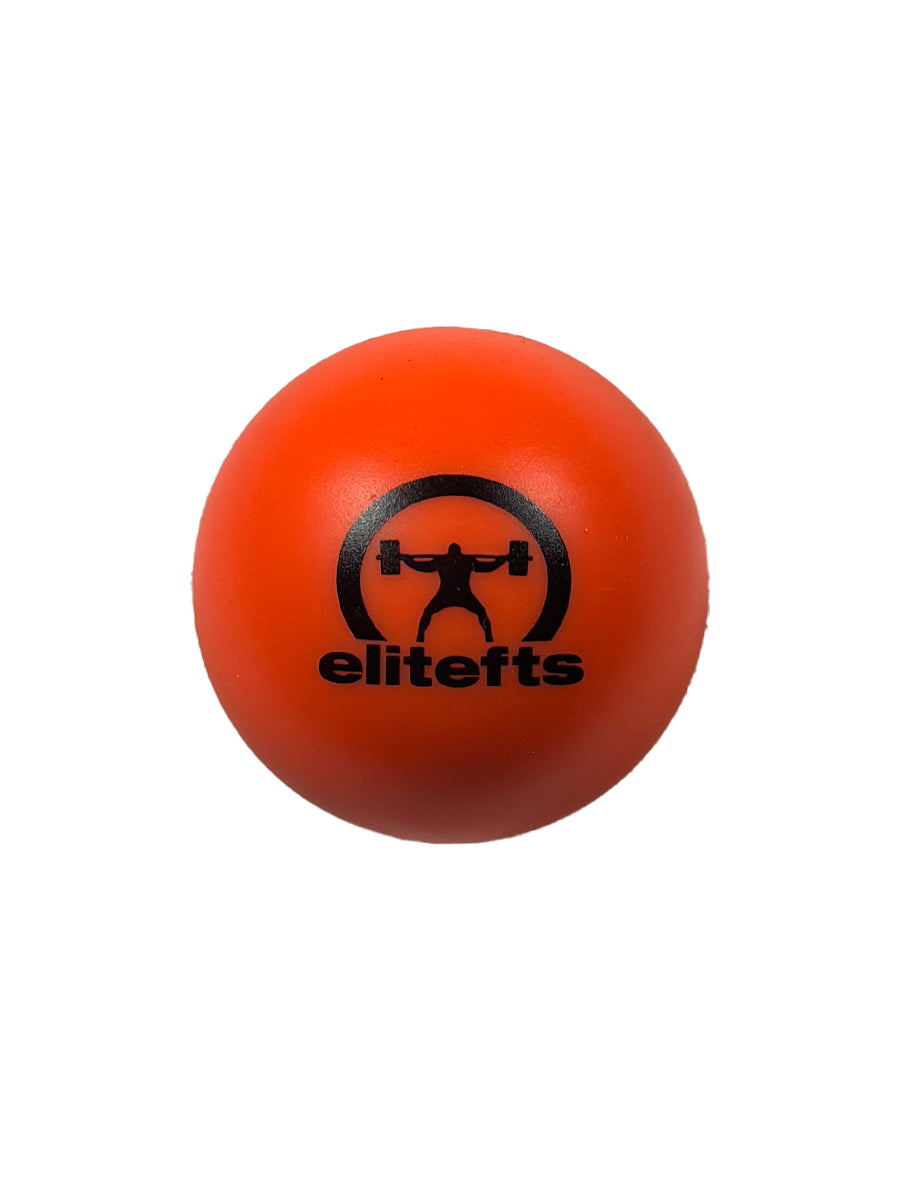In this video, part one of his presentation, Dr. Kinakin begins by discussing SWIS. He shares that the goal of the organization is to discover the most effective way of recovering from injuries, using the information from the best experts in four fields: training, rehabilitation, nutrition, and treatment. The way these four "streams", as Dr. Kinakin refers to them, intersect with one another is where the most useful knowledge can be found. For this segment of his presentation, he focuses on "pain with pushing forward." He states that in a barbell bench press injury, there are four common muscular injury patterns:
- Subscapularis Strain
- Pec Clavicular Strain
- Pec Sternal Strain
- Anterior Deltoid Strain
RELATED: Overhead Pressing for a Bigger and Safer Bench Press
Fortunately for Dr. Kinakin, there was an example of a frozen shoulder sitting in the audience: Dave Tate. Dave volunteers to come to the front of the room and Dr. Kinakin demonstrates the protocol he uses to check for frozen shoulder, showing the testing and management techniques that he recommends. Using a percussor tool, Dr. Kinakin treats Dave's shoulder for several minutes and explains what is happening to increase the range of motion of the joint. Pulling another participant from the audience, Dr. Kinakin then performs a subscapularis muscle test used to diagnose movement dysfunction. After running through a number of tests, he explains the issue that the audience is observing and then has the volunteer go through a number of methods to improve his subscapularis function.
By the minute:
- (1:40) Presentation purpose and introduction
- (3:28) Four common strains from the barbell bench press
- (6:04) External rotation and frozen shoulder
- (9:28) Demonstrating frozen shoulder with Dave Tate
- (10:42) Treating frozen shoulder with a percussor
- (13:20) Managing frozen shoulder
- (15:25) Subscapularis muscle test
- (19:01) Demonstration of improved subscapularis function



